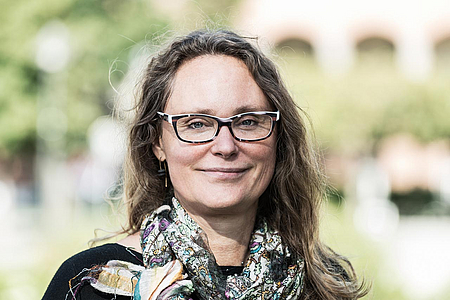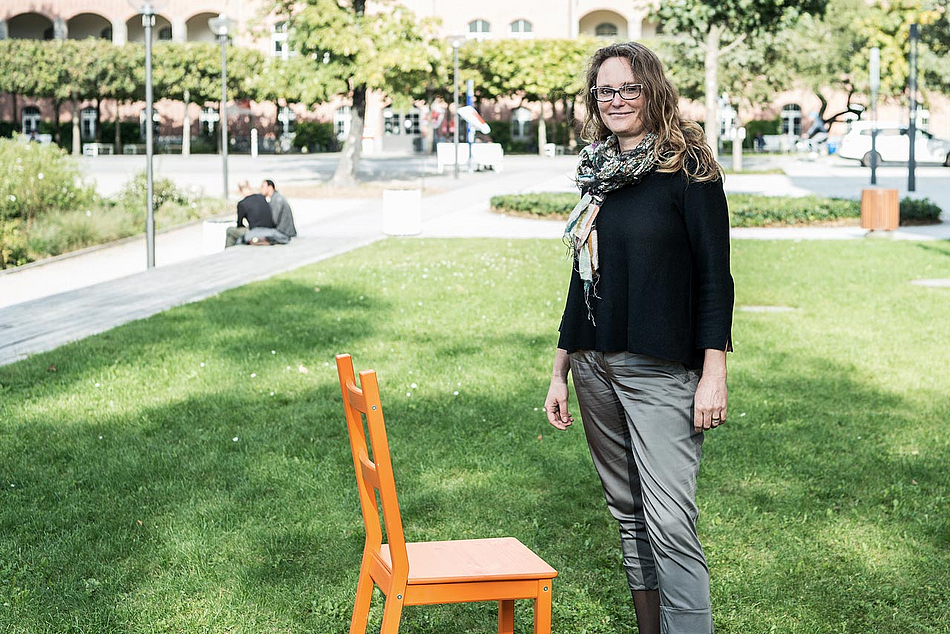The long road to greater awareness of pelvic floor disorders
What is the focus of your research project?
After giving birth, a good few mothers suffer from a disorder of pelvic floor function, involving the problem of incontinence and genital prolapse. This affects almost one in three postpartum women and their life quality can be severely impaired. Our study is devoted to the question whether the insertion of a pessary after the birth can decrease genital prolapse and the complaints connected with it.
What have been the biggest challenges and your greatest successes in this project?
It wasn’t so easy to actually arrange the necessary time for the project, in addition to my care tasks as a Senior Physician. It also took a lot of preparation to obtain the necessary approval of the Ethics Commission. So, getting a positive vote from the Ethics Commission was a huge success for me. I also managed to raise additional external funds for further developing the pessary study. This made it possible to finance the posts of further scientists.
You received funding as part of the BIH Clinical Fellows Program. What has the funding made possible for you?
The funding gave me the freedom to have time for research, for organizing it and for writing and publishing papers, besides my work at the clinic. In addition, I was able to work on Cochrane Reviews about the therapy of prolapse conditions and to take a leading role in publishing the AWMF* Guidelines on the Diagnosis and Therapy of Female Descensus genitalis. However, I have also invested a great deal of time in sensitizing other doctors to the fact that early therapy is extremely important and thus also very promising.
What is it about research as such and about this subject that fascinates you?
I like critically scrutinizing scientific findings and integrating them into my everyday routine. I also enjoy discussion on an equal basis with other researchers, for example at national and international congresses. I am concerned to help pelvic floor research to advance. That’s the exciting thing about my subject: although you don’t die of pelvic floor disorders, they are very widespread and have been comparatively little researched. I’d like to change that last point. In the long term, my aim is to find measures to prevent pelvic floor afflictions and to integrate them into the clinical routine.
What words of wisdom would you like to impart to younger scientists to help them on their way?
I advise the new generation of scientists to seek and find something that really interests them, then to work further on it, i.e. to publish and give talks, and to ideally work at the international level if they can.
*Editorial note: AWMF = German Association of the Scientific Medical Societies (Arbeitsgemeinschaft der Wissenschaftlichen Medizinischen Fachgesellschaften e.V.)
June 2017 / TO

Funding program
BIH Clinical Fellows
Funding period
2015 – 2018
Project title
Randomized controlled study on secondary prevention of genital descensus directly postpartum compared to standard care in primiparous women
Research area
Gynecology
Institution
Charité – Universitätsmedizin Berlin
2009
Habilitation in Gynecology and Obstetrics, Charité – Universitätsmedizin Berlin, Department of Gynecology with Breast Center of the Charité: "Pelvic floor symptoms as a significant quality of findings in observation and intervention studies"
2005 – 2017
Head of the Beckenbodenzentrum Charité, Charité – Universitätsmedizin Berlin
Since 2017
Head of the Beckenboden- und Kontinenzzentrum, Franziskus und St. Joseph Krankenhäuser Berlin
